The motivation to get outside and get active plummets in the winter months. Many cite the lack of sunshine, the bitterly cold temperatures, or the slushy wetness everywhere as seasonal barriers to outdoor adventure. In fact, according to a recent study, half of all adults surveyed report an entire hour less of physical activity a day once winter rears its ugly head.
We all know that winter brings with it a slew of physical and mental health effects for humans. Participants of that same study reported that the lack of physical activity left them feeling, “demotivated (34 per cent), tired (28 per cent) and down (24 per cent).”
We also have to consider how this seasonal slowdown affect’s man’s best friend. Our dogs rely on us to ensure their needs are met. Their physical and mental health are solely our responsibility, and it is our duty as pet owners to ensure they are living the best life possible!
However, there is one outcome of lessened activity that many of us fear the most. Most worryingly, it negatively impacts both humans and dogs alike: Weight gain.
According to WebMD, the average person gains anywhere from 5 to 7 pounds throughout the winter season. Some sources report that the average weight gain is closer to the 10 pound mark!
Our dogs are no exception. Pups frequently face the same consequences of inactivity that we do, and that includes unwanted weight gain and all of the potential health complications that come with it.
So, as the temperatures begin to rise, the earth begins to thaw, and the winter season gives way to spring, we have put together a list of 6 dog weight loss tips to help combat the risks of pet obesity.
We know that there is no one-size-fits-all solution to pet wellness and pet weight loss. Differently-abled pups and pets of certain breeds may struggle with physical activity more than others. Some pets may not gain a pound all winter long (here’s looking at the breeds we can’t get out of the snow…Huskies.). Some members of the Cuddle Clones community are undoubtedly winter sports warriors, and any winter weekend spent inside is a winter weekend wasted. However, if you are worried that your dog may have packed on a few more pounds than you’re comfortable with, this list of tips for combatting winter weight gain is for you.
Is my dog overweight?
Before jumping into any sort of new dietary or exercise regimen, it is extremely important to answer the question, “Is my dog overweight?”. There’s certainly no harm in eating well and exercising regularly, but any course of action designed to cut weight should always be performed under the guidance and supervision of your family’s veterinarian.
However, according to a 2018 study by the Association for Pet Obesity Prevention, over 50% of dogs are classified as overweight or obese. Given that there are nearly 90 million pet dogs in the U.S. alone, a staggering number of dogs could stand to shed some excess weight.
The American Kennel Club offers some simple methods for determining if your dog is overweight or obese. These can be done right from home and are an ideal first step in determining whether or not your dog needs to shed some winter weight:
Weigh your Dog: We’ll start with the most obvious technique. Your best friend’s ideal weight is dependent on a number of factors, including size and breed. The AKC also provides a handy breed weight chart so you can determine if your dog’s weight needs some work. Getting your dog on a scale can prove tricky, so (size permitting), we recommend weighing yourself while holding your dog, weighing yourself alone, and subtracting the two to find your dog’s approximate weight. Check your Dog’s Body Shape: Body shape is a quick way to determine your dog’s weight at a glance. From above, your dog should have a defined waist with a straight build. A rotund, oval shape is an obvious giveaway that your dog is carrying some extra pounds. When viewed from the side, your pup should have a “scoop” instead of a round or hanging tummy. Feel for your Dog’s Ribs: According to Dr. Sara Ochoa, DVM, “If your dog’s ribs aren’t extremely prominent and you can easily feel them without having to press hard, then the dog is fit.” Extra fat effectively creates a layer of padding over the ribs. This makes them harder to feel, which indicates your dog is overweight.Be Aware of Behavior: Pet obesity has been linked to numerous behavioral symptoms, including lethargy, lack of mobility, and difficulty breathing. If your once bright, bubbly, active pet is spending more time on the couch, it might be a sign that their weight is less than optimal.
The best way to determine if your dog is overweight is to consult with your vet. No one has a better holistic view of your dog’s health history than your veterinarian, and they can help to determine if your pet is obese by running a panel of tests!
6 Dog Weight Loss Tips for Shedding That Winter Weight
If you’ve made it this far, then there’s a good possibility that Jack Frost got the best of your family this winter season. That’s okay and completely normal.The fact that you’re here, reading this article, and taking proactive steps to improve your pet’s health is a wonderful testament to your commitment to your best friend’s wellbeing.
By following the steps listed below, you can set your dog (and by extension, yourself!) on the right path towards shedding their winter weight and supporting a healthy lifestyle.
(1) Start Slow for Success
It’s a fitness tale as old as time. It’s your first day back in the gym and you are feeling good. Cardio, weight training, calisthenics - the whole nine yards. You can’t wait to get back at it again tomorrow.
…Then tomorrow comes around.
You wake up sore, sluggish, and barely able to move. Your muscles are loaded with lactic acid and your joints are screaming for rest. As it turns out, maybe 100 pound bicep curls and maxed out squats weren’t the best call for your first day back.
In short, you went way too hard way too fast. The same is true for your dog. Increasing your dog’s activity is best done slowly to give your canine companion ample time to adjust to this lifestyle shift.
The first step is determining exactly how much exercise your dog needs and how much they can physically tolerate. This will be determined in large part by your dog’s breed, age, and any compounding health conditions.
For example, hunting, herding, and working dogs will automatically require a higher degree of activity to meet their needs. According to PetMD, these types of breeds "should be getting at least 30 minutes of rigorous exercise along with [their] one to two hours of daily activity.” However, for short nosed breeds like pugs or bulldogs, “A casual walk around the neighborhood will be sufficient.”
Once you’ve determined your dog’s baseline activity needs, adjust accordingly! Consider adding a block or two onto your daily walk or job, playing a couple of extra rounds of fetch, or even adding a second brisk stroll through the neighborhood into your daily schedule.
Just be sure to watch for your dog’s cues and allow for rest! You wouldn’t rip through an entire weight training program without allowing for breaks between sets, so you certainly shouldn’t expect the same from your dog.
(2) Know When to Walk Your Dog
Unfortunately, the weather doesn’t always reflect the season. That transition period between late winter and early spring can often be just as cold and unforgiving as the rest of the winter season. Knowing how to work with the weather instead of against it is vital to post-winter pet weight loss.
Try to avoid walking your dog in the early morning or late evening. Daytime temperatures above freezing lead to the ground beginning to thaw. However, it’s still very common for temperatures to plunge back below freezing in the evening and all through the wee small hours of the morning. Early morning and late evening represent the coldest, iciest, and least comfortable conditions for exercise.
According to Animal Humane Society, too much time spent on the cold, icy ground can dry out and chap your dog's paws, which can be terribly painful and complicate future exercise efforts. After all, none of us would want to trample barefoot on the hard, icy ground with cracked feet
Instead, opt for a daytime workout! The warmer temperatures will serve as excellent motivation for pet owners, which in turn ensures dogs are getting their much needed exercise. This may take some schedule adjustments, but a little hassle is much better than an unhealthy pup. Just be prepared to clean up their muddy paws after the fact.
(3) Adjust Your Dog’s Food Intake
We want to once again stress that it is critical to consult with your veterinarian before calorie-restricting your dog. Our dog weight loss goal is shedding some extra winter weight, but good intentions executed poorly can lead to horrendous consequences via malnutrition.
That being said, when properly administered, portion-controlled meals can be an excellent way of helping your dog lose a few pounds. However (and we know this might sound counter-productive, but stick with us), portion-controlled does not necessarily or automatically mean “less”. This is especially true if your dog is now exercising regularly!
Proper pet nutrition is WILDLY more complicated than “X Amount In = X Weight Lost”. Given their newly increased activity, your pet may even require more food than typical to ensure their nutrition needs are being met.
The key is not overfeeding your dog, and while that can be a tricky balance to find, it’s vital to helping your furry best friend trim up.
Be sure to start slowly with their new dietary changes, especially if this involves changing foods. Despite their iron-stomached reputations, dogs are especially susceptible to intestinal distress upon switching foods. This could lead to discomfort, diarrhea, and vomiting, which in turn can build a terrible association with their new lifestyle changes.
(4) Treat Wisely
Treats should account for approximately10% of your dog’s daily caloric intake. We all fall prey to begging and puppy dog eyes on occasion, but controlling treat intake is a HUGE part of a pet weight loss regimen.
This is doubly true as winter comes to an end. Remember, activity levels plummet in the winter, and winter activities tend to follow two consistent patterns: they are sedentary and they are improved with snacks. Since so many of us love to treat our pups (a dog eating something crunchy is one of the world’s greatest sounds), this means they often get included in the snacking.
Decreasing overall treat intake is very important, but equally important is the quality of treats you are feeding your pet. Pet treats containing sugar should be avoided at all costs. A statement made byDr. Ernie Ward, founder of the Association for Pet Obesity Prevention (APOP), sums it up quite perfectly:
“Numerous studies in rats demonstrate that overfeeding sugar can create symptoms similar to drug addiction. A dog’s daily sweet treat may be contributing to overeating and other undesirable behaviors. This is why I call today’s high-sugar treats ‘kibble crack.’”
Kibble crack…yikes! Consider healthier, morenutritious treat alternatives instead. Just because they’re cutting back doesn’t mean they shouldn’t love their treats!
(5) Play the Long Game
Weight loss is a marathon, not a sprint. While we all seem to know that one person whose weight just melts off, that person is the exception, not the rule! The same is true for our pups.
According to VCA Animal Hospitals, you can reasonably expect your pet to lose anywhere from 1 to 5 pounds per month. While that may not sound like a lot of weight, consider the weight difference between humans and dogs. If your 40 pound dog loses 2 pounds, they have shed 5% of their overall weight in just a month’s time!
If your dog isn’t losing weight at the rate you had hoped, don’t get discouraged! With a few small adjustments to your overall dog weight loss strategy, your pup should be lean and healthy in time for the summer.
(6) Prevention vs. Reactivity
This is less of a tip for this winter and more of a tip for next winter. The absolute best way to prevent pet obesity and keep your dog’s weight at its ideal level is to never let it get out of control in the first place. We know this may sound easier said than done, but as the old saying goes, “An ounce of prevention is worth a pound of cure.”
Before next winter rolls around, develop a strategy for keeping active with your pet. This could include signing your pet up for a doggy daycare so they have a warm, safe space to exercise and expend energy. This could also be something as simple as bundling up and braving the cold for a short jaunt around the neighborhood.
Start planning at the end of summer or beginning of fall so your plan is set in stone once the winter weather arrives!
In Summary
Your dog doesn’t know that it’s bad for their health to carry around extra weight. They don’t understand the risks pet obesity poses, like heart disease, diabetes, high blood pressure, and more. They look to us to give them their best forever ever, so it is up to us to do just that.
We hope these 6 tips can help you shake off the winter blues, shed some of your dog’s excess weight, and enjoy the blissful blue skies and wonderfully warm weather of spring and summer.

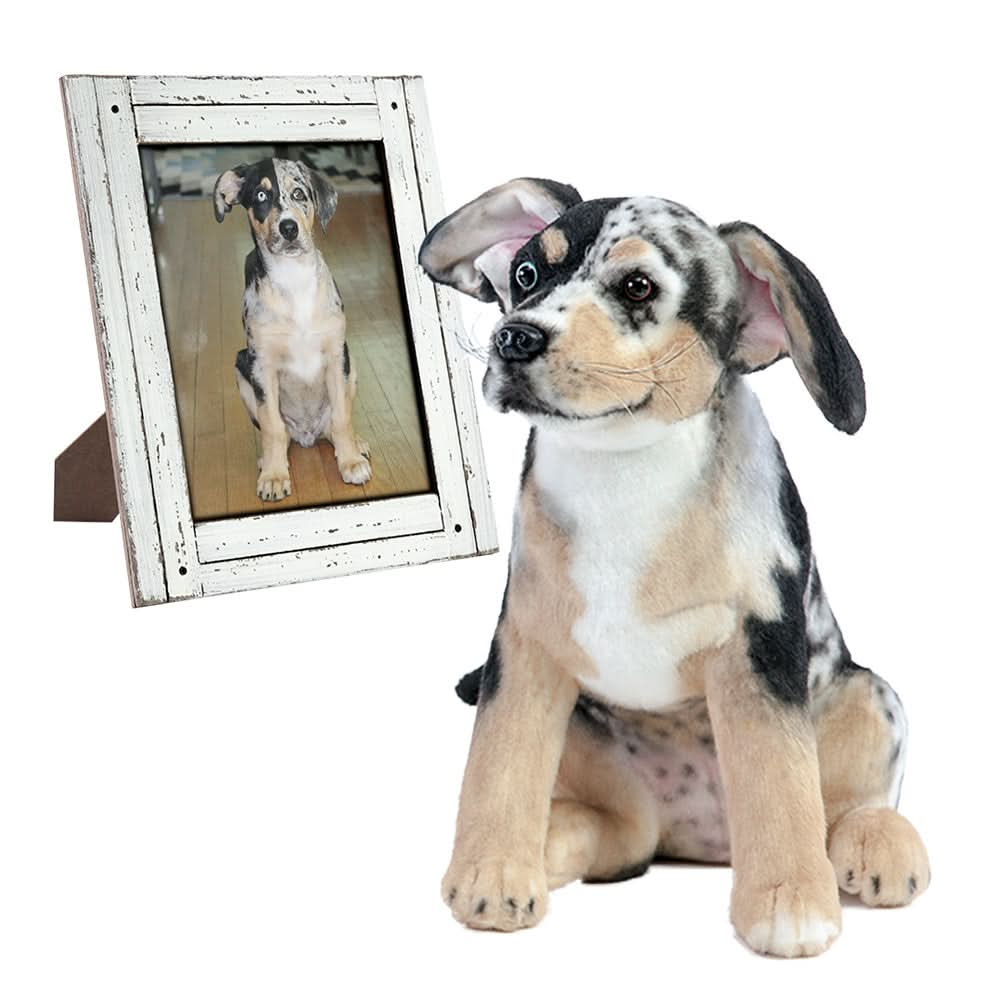

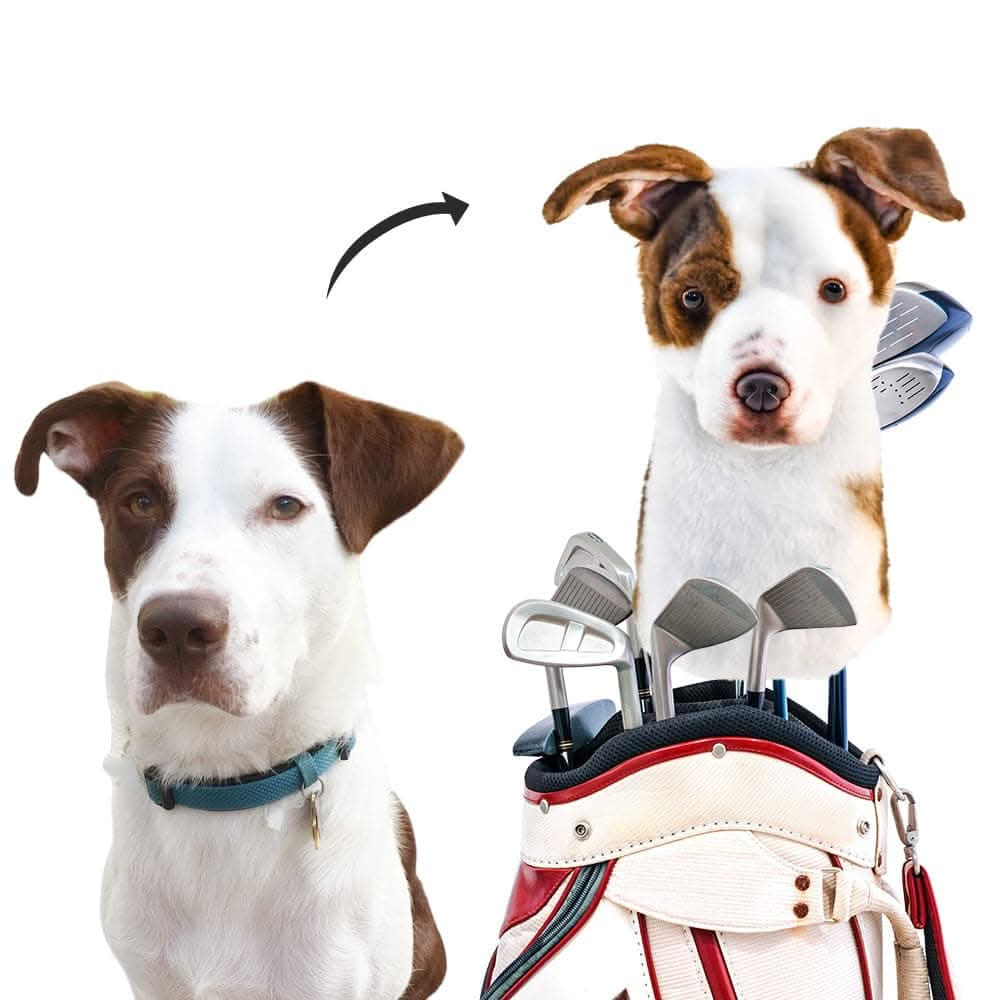
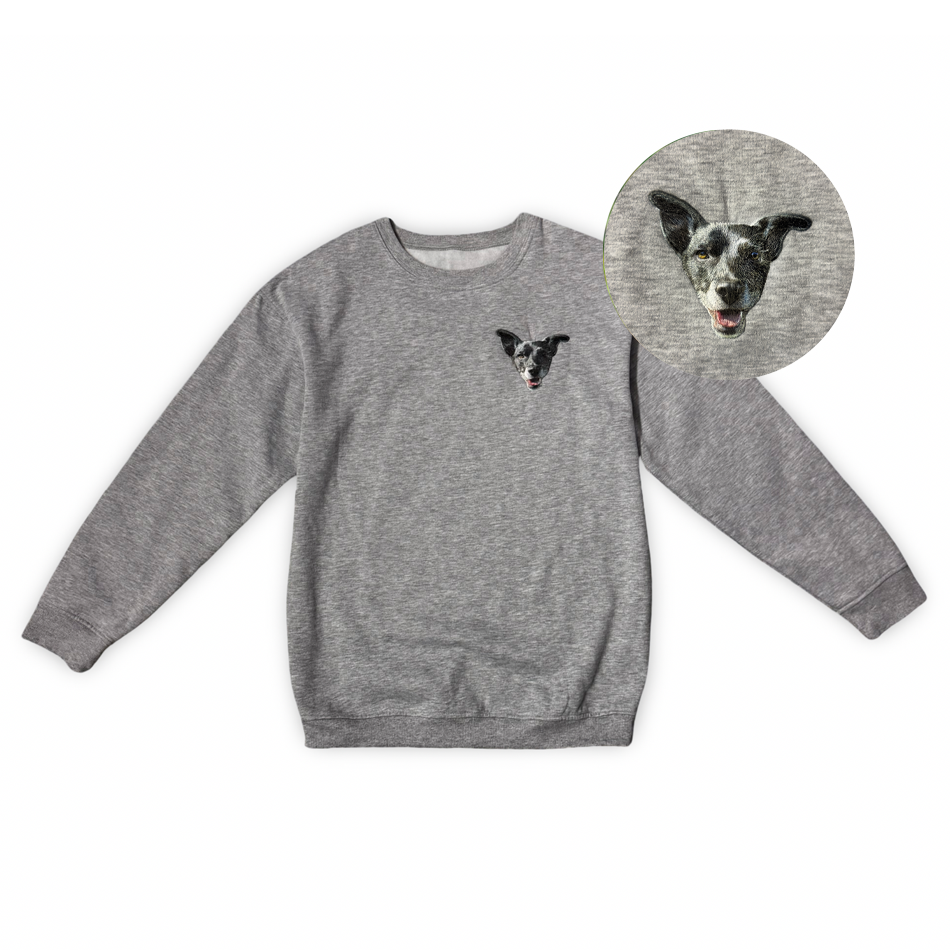
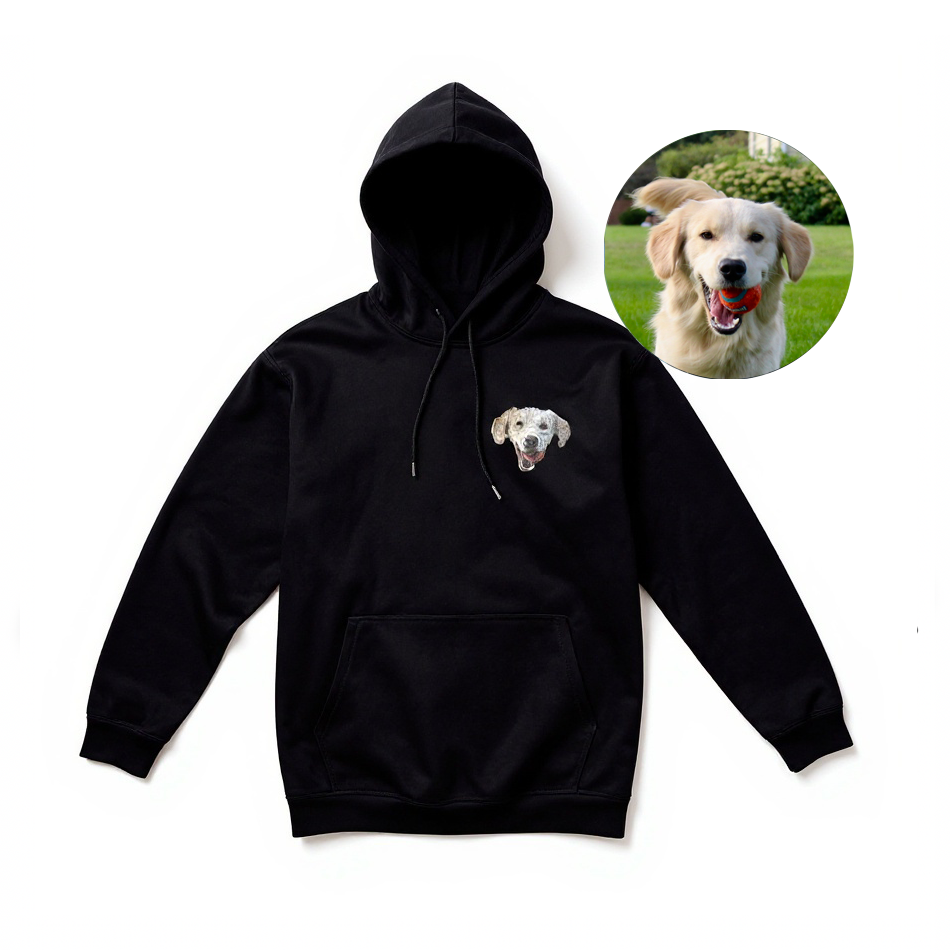
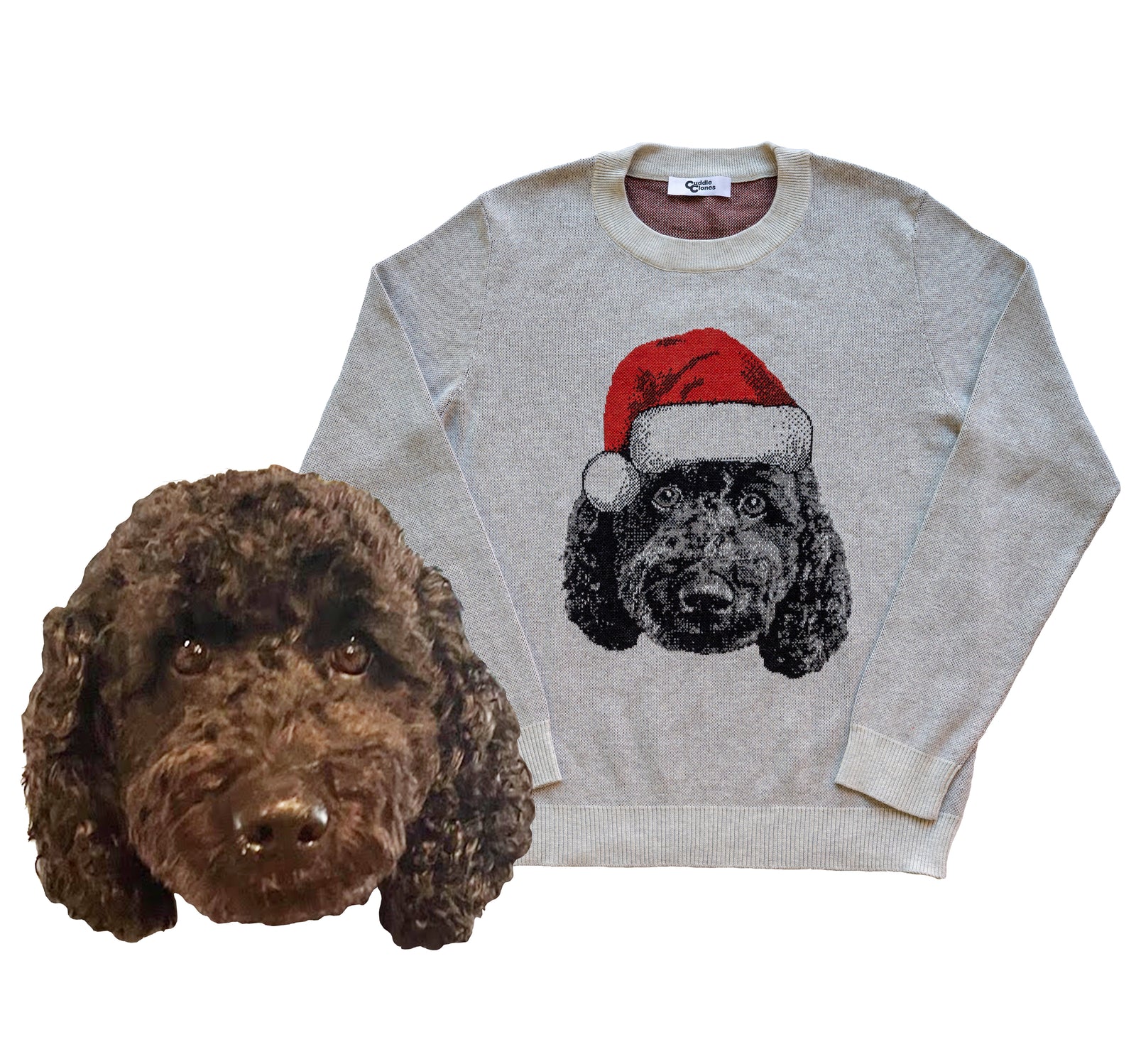
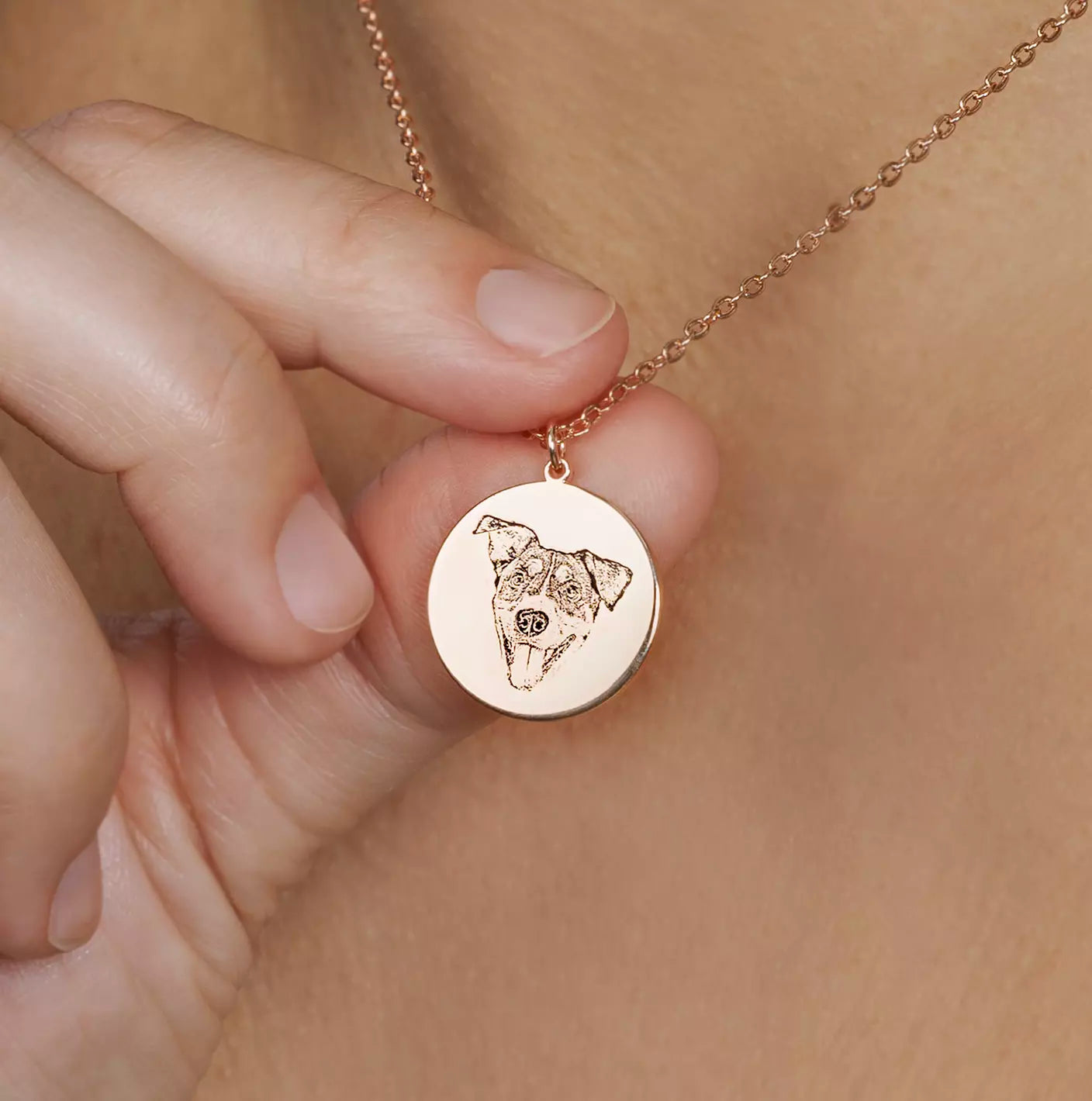

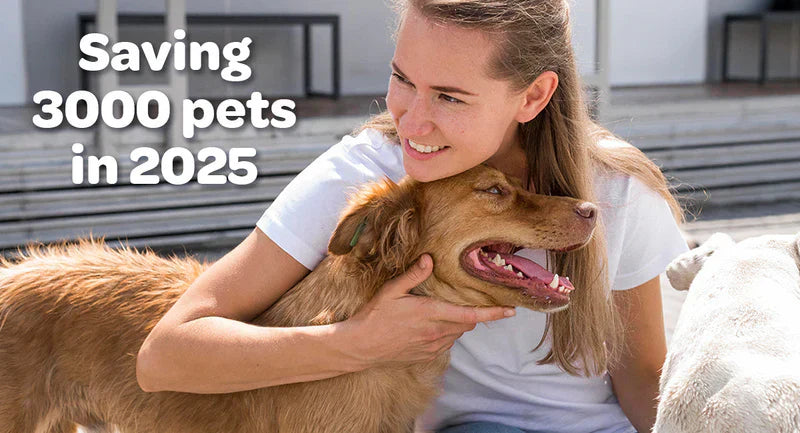
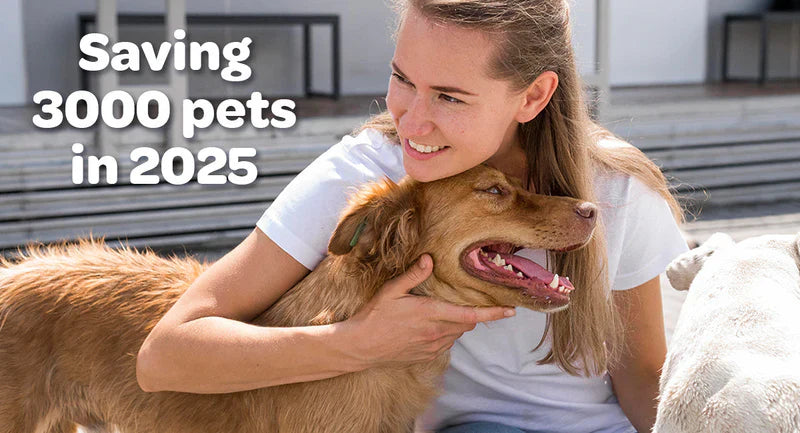
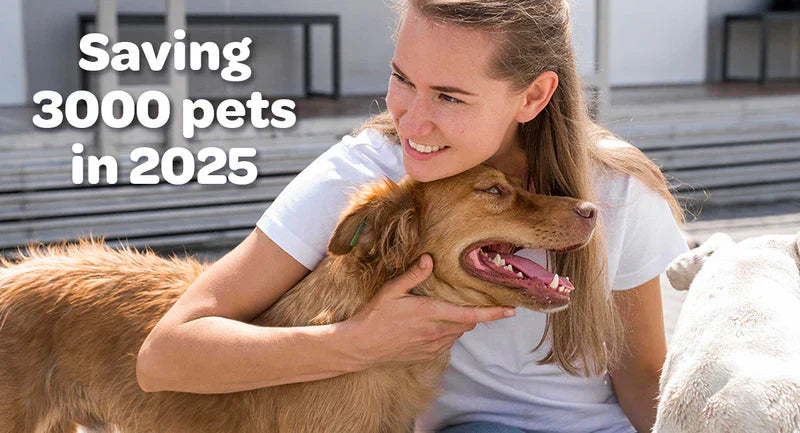
Leave a comment (all fields required)